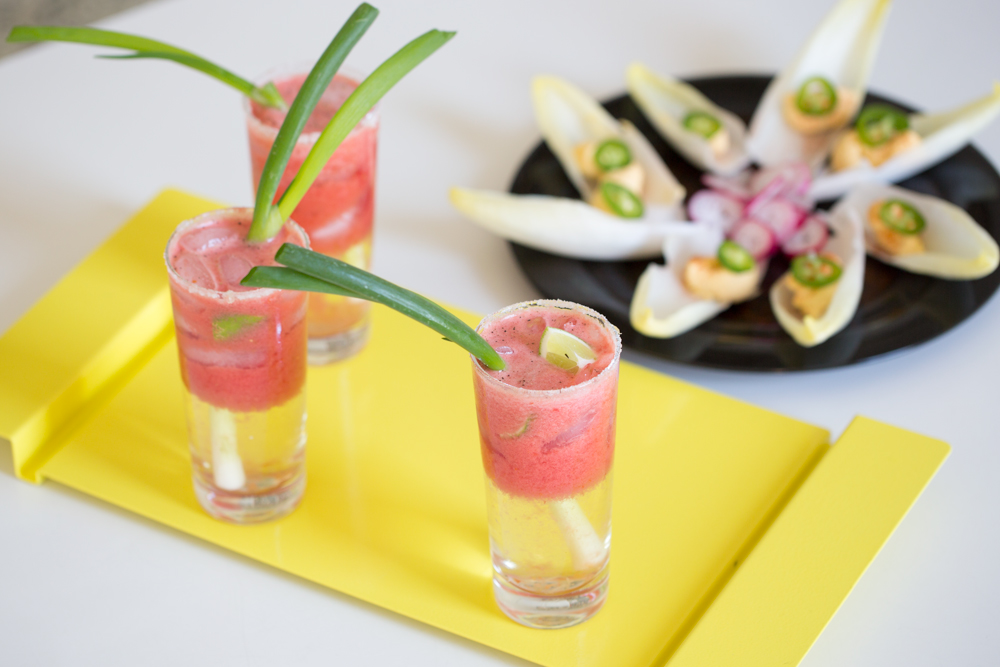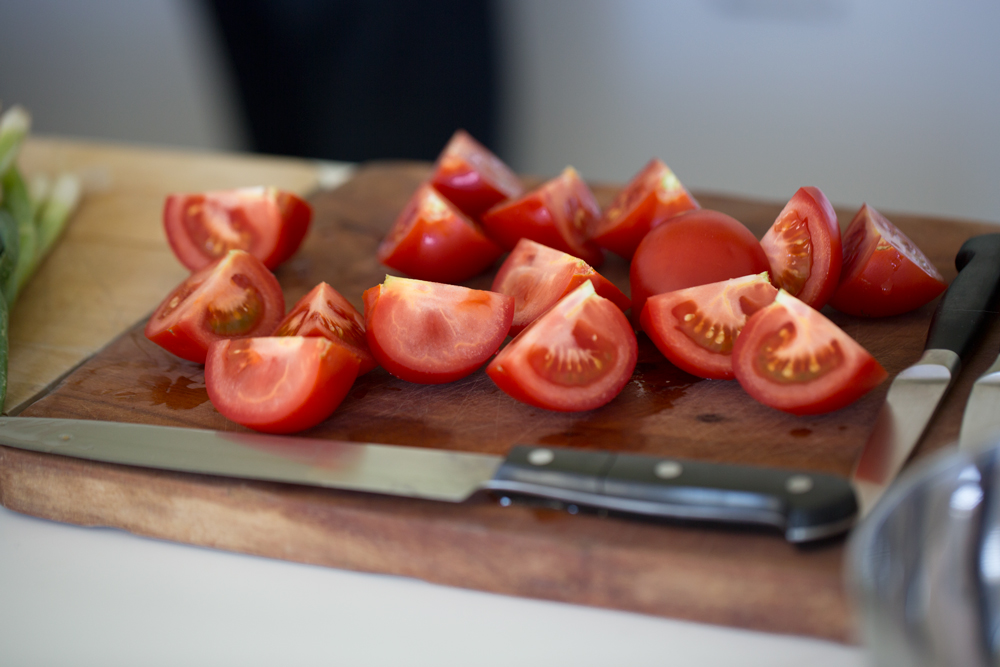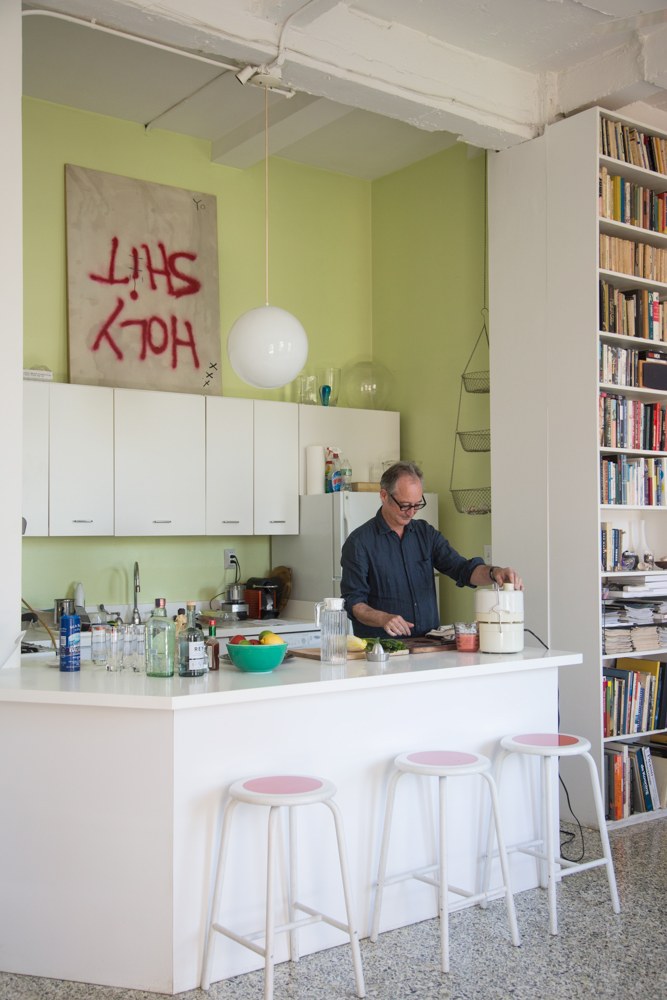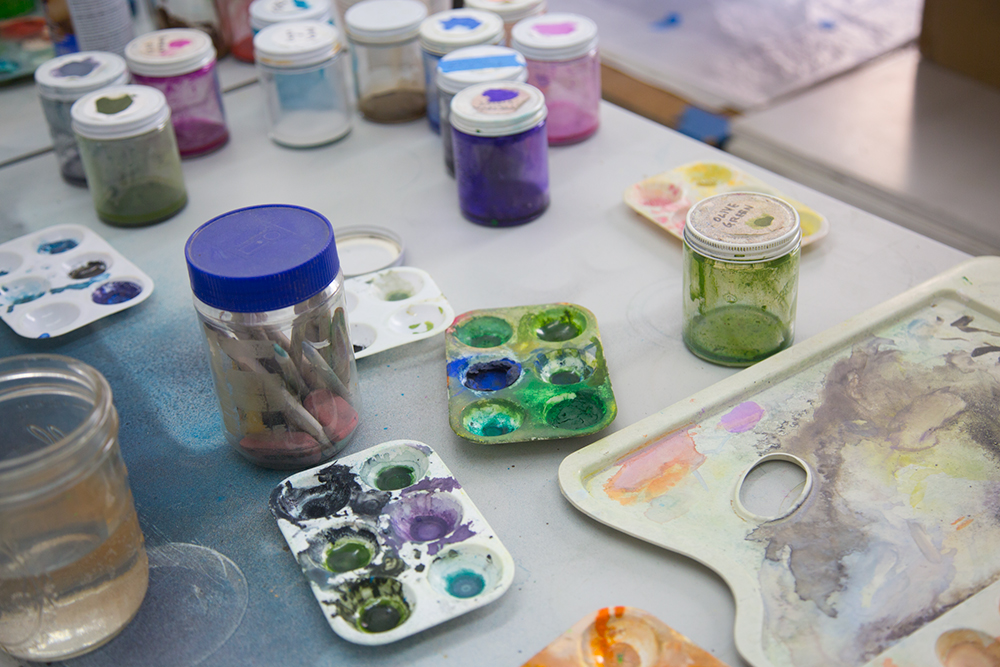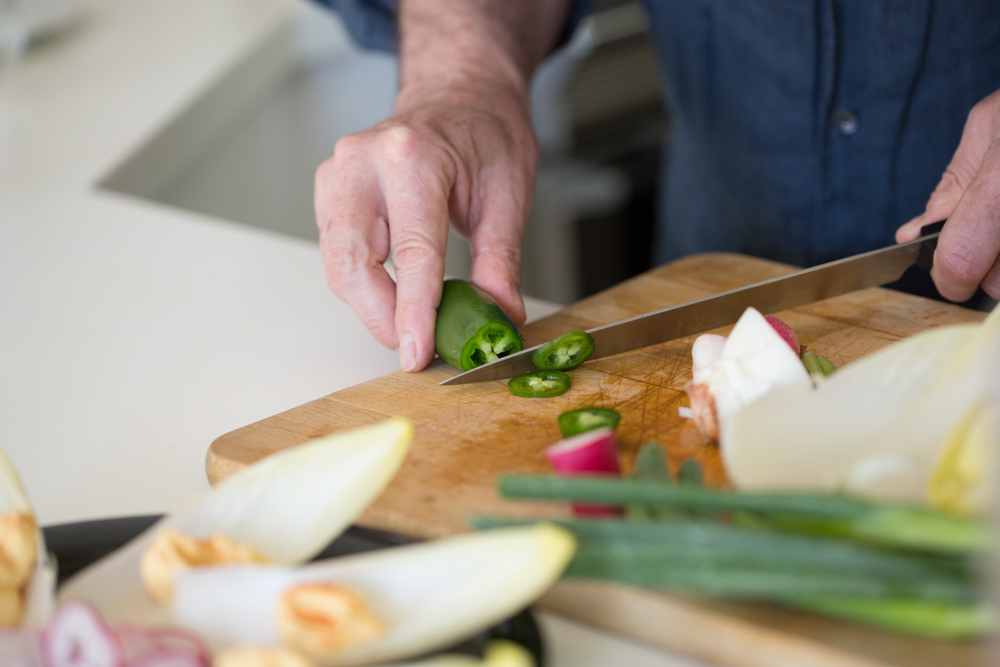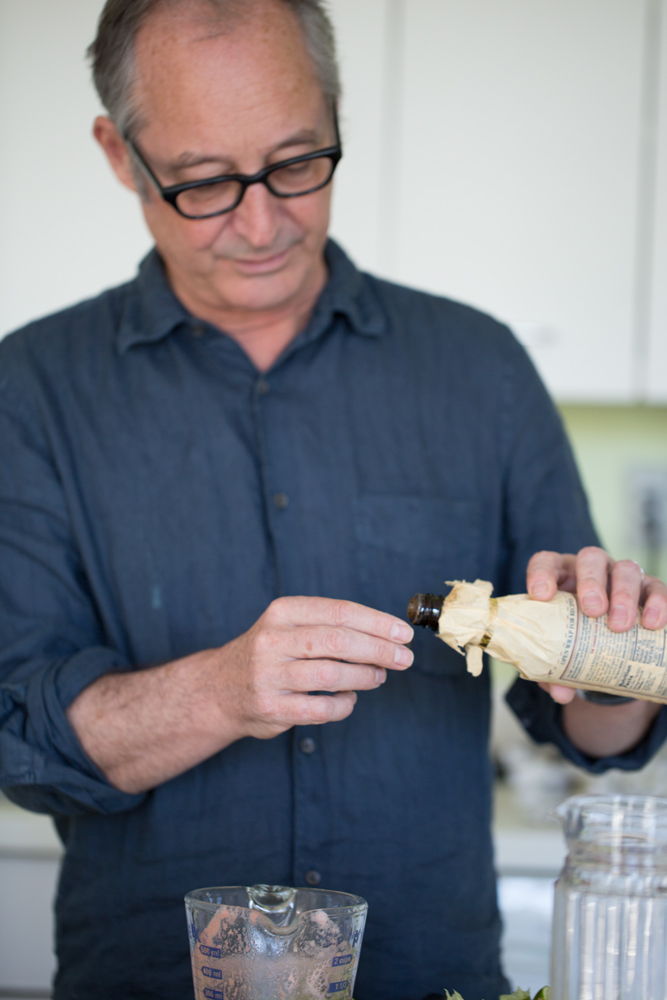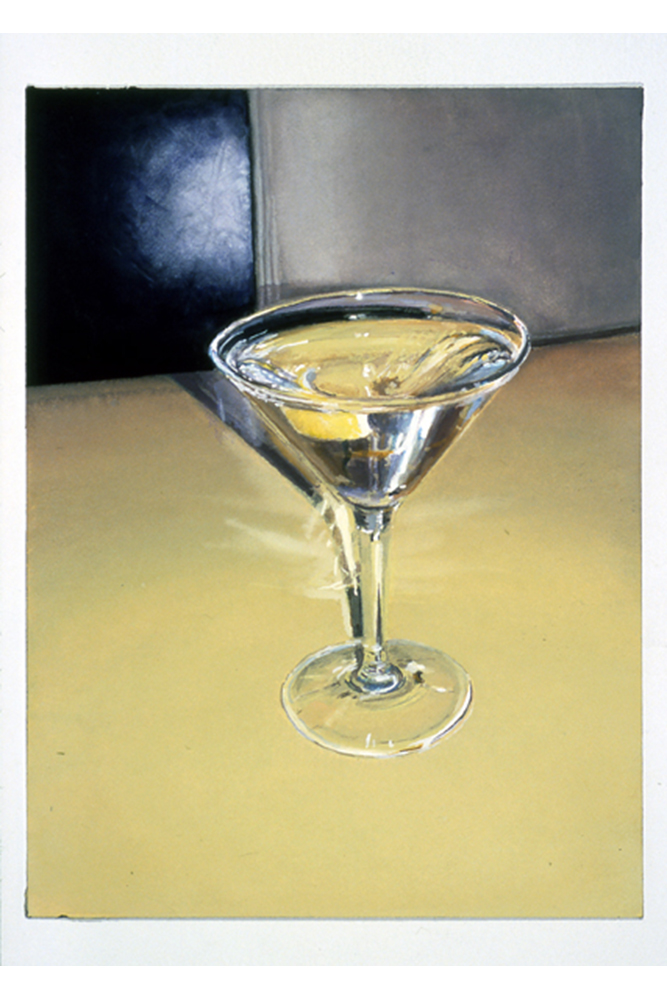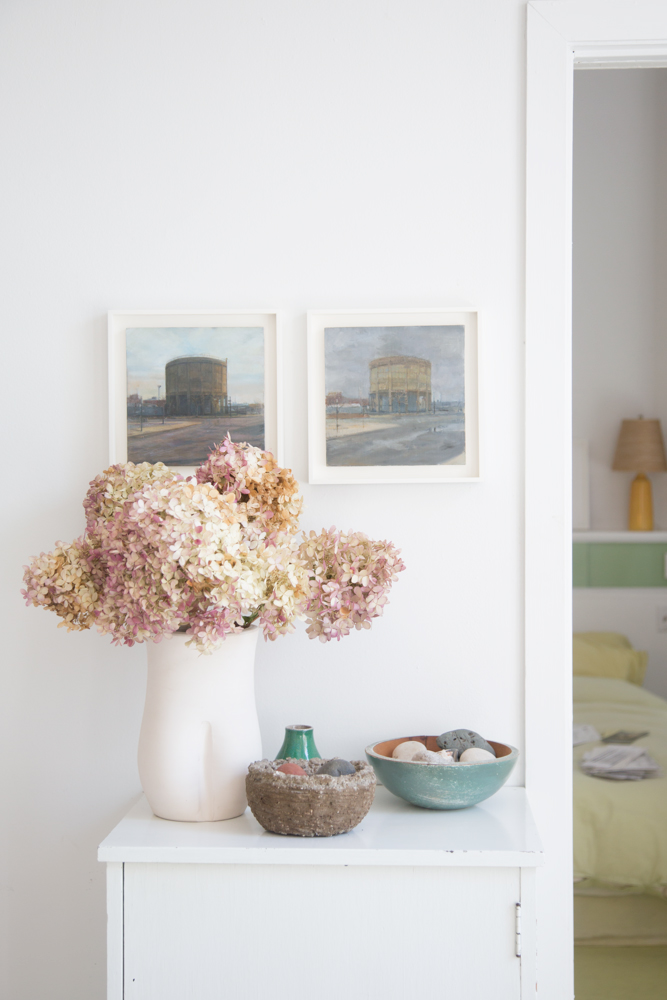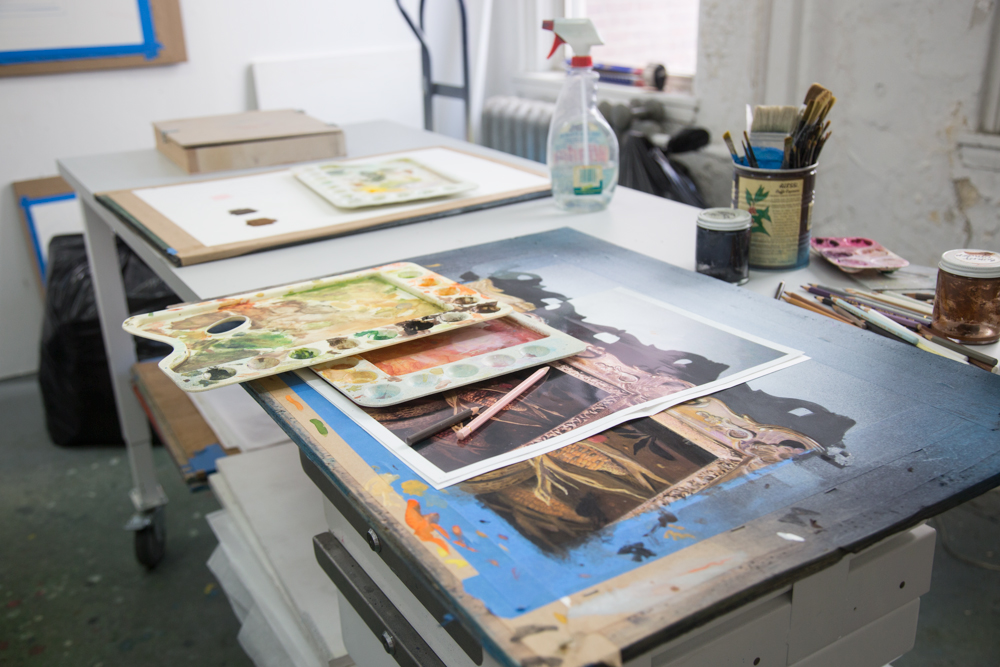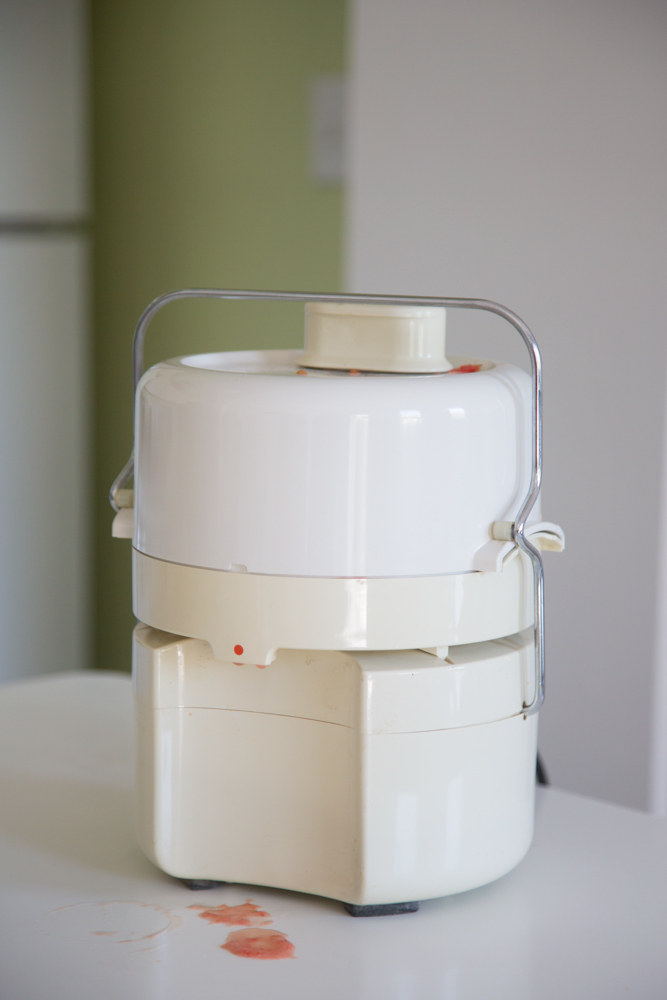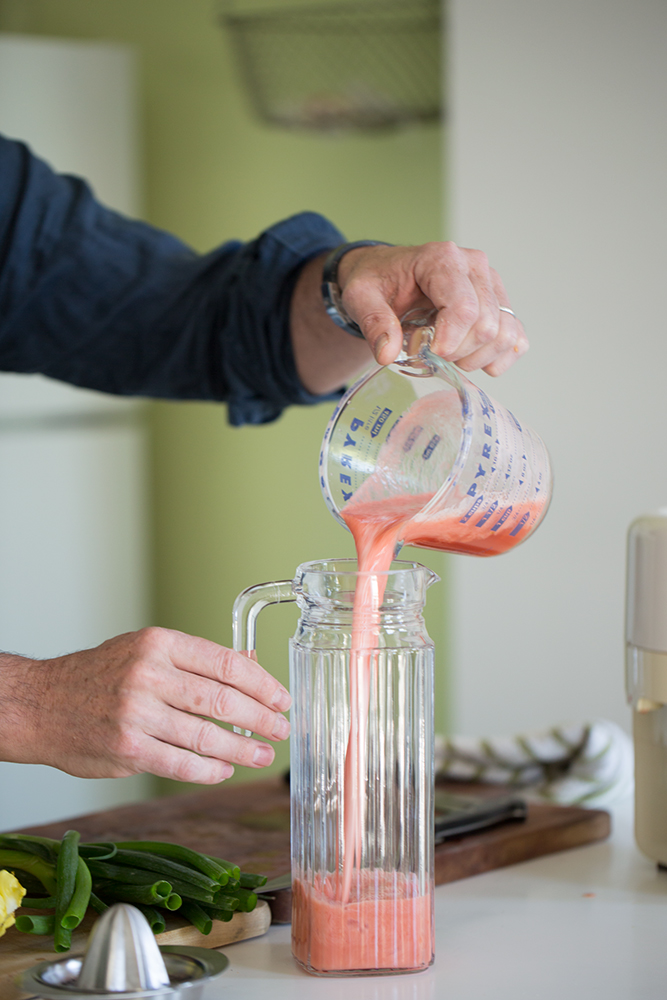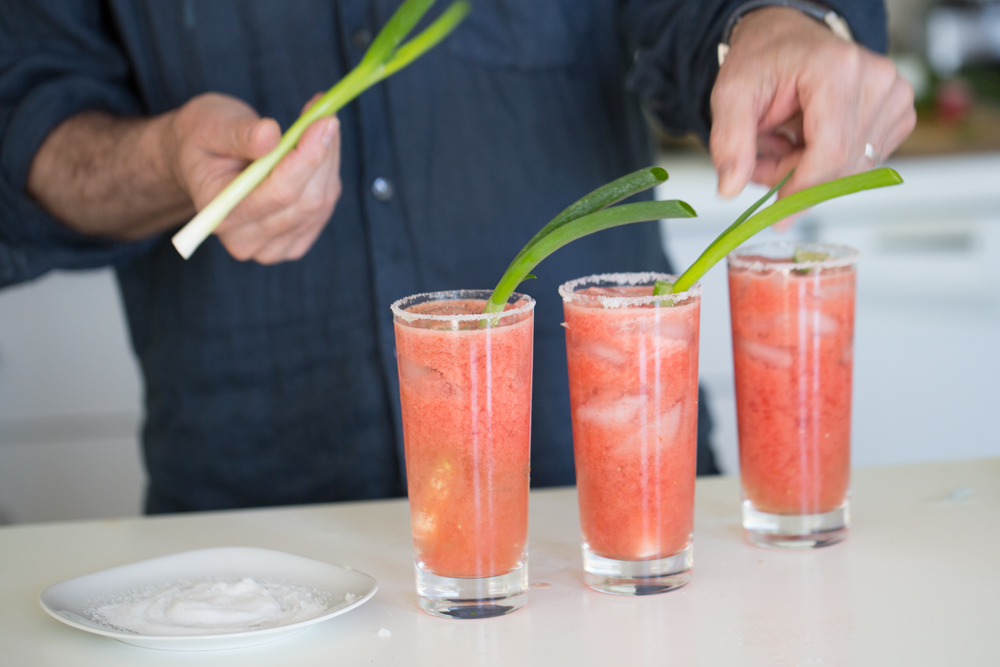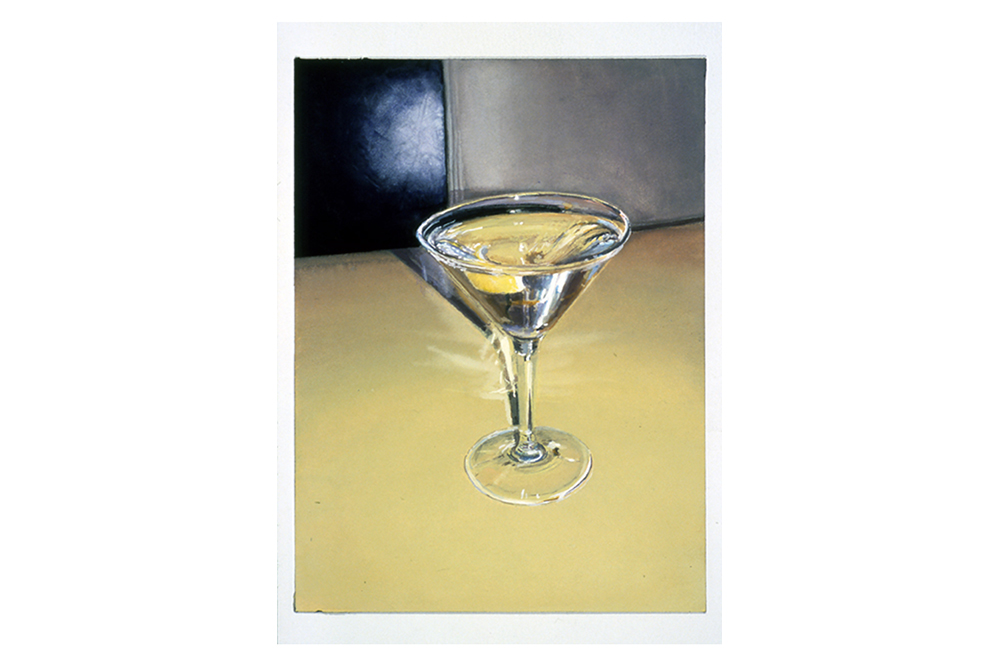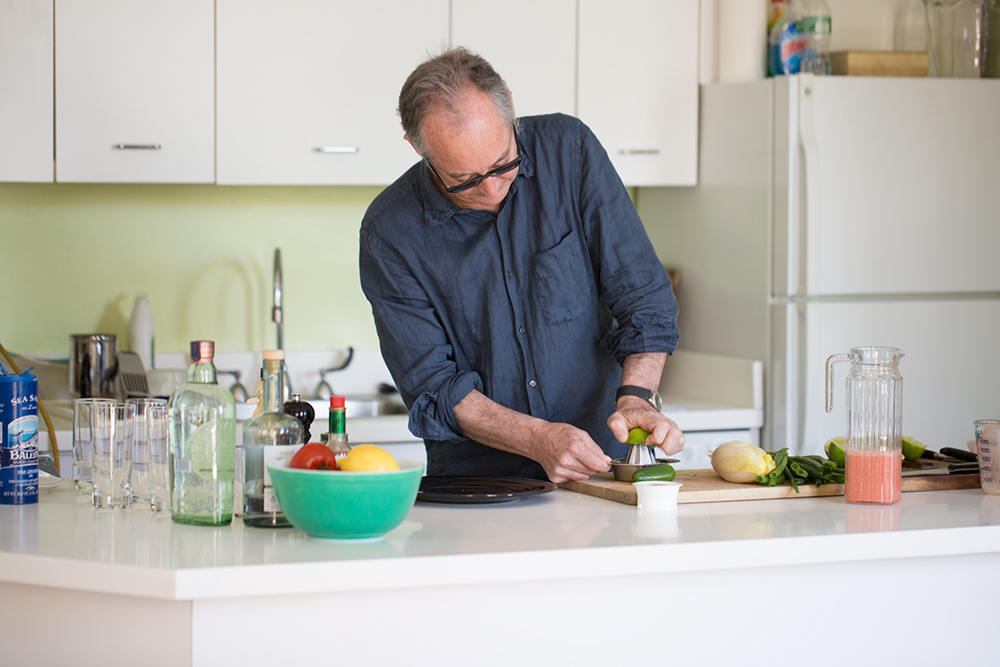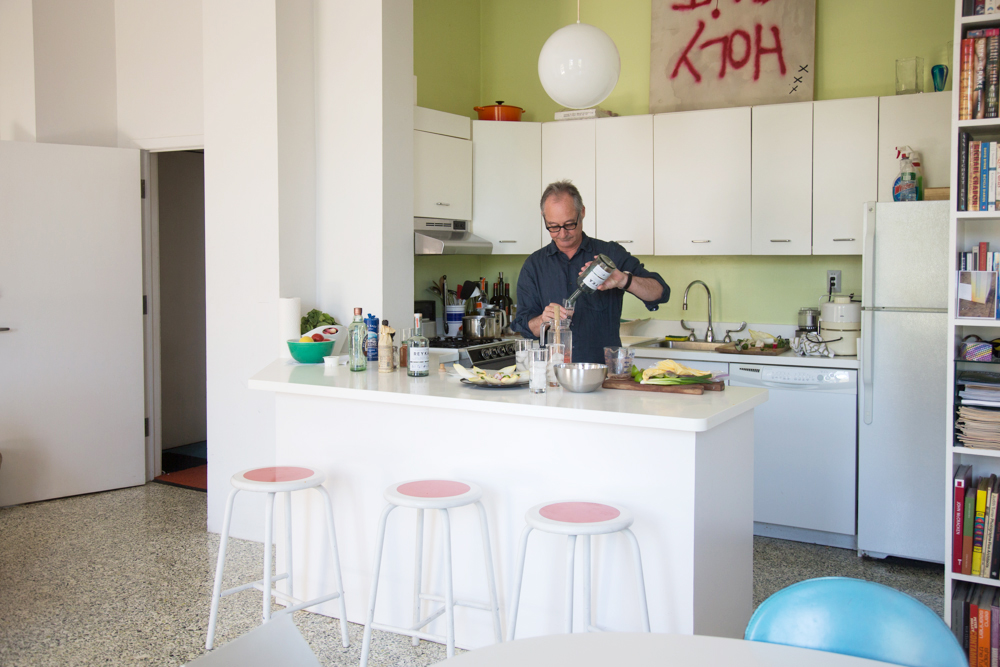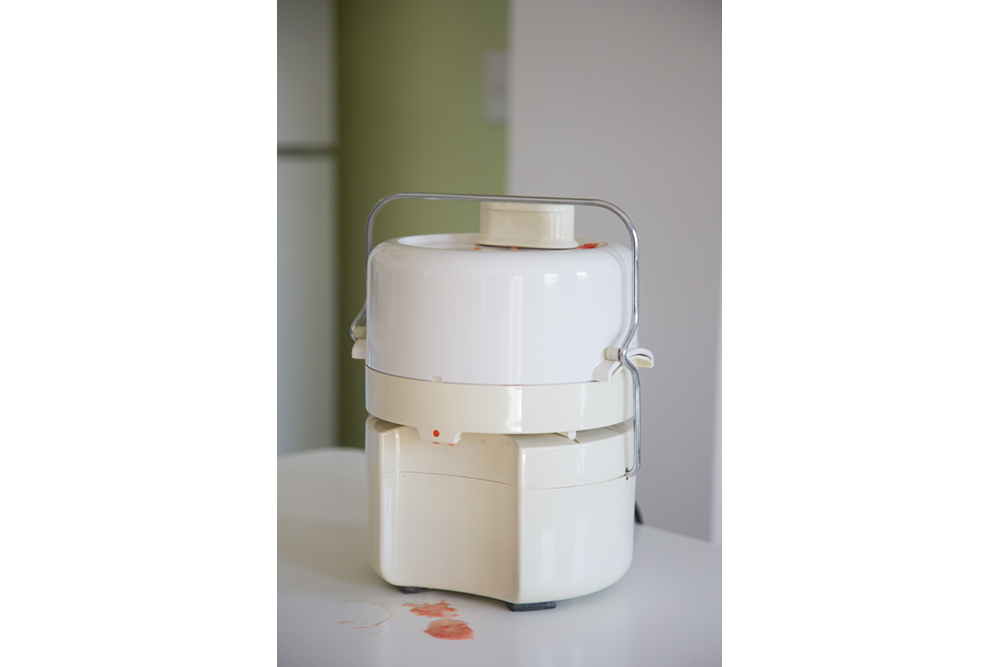Fresh Tomato Juice with Vodka and Deviled Eggs
Dike Blair’s Fresh Bloody Mary
NOTES
This cocktail can be made with gin or vodka. The result of using the fresh tomato juice is much lighter than a traditional Bloody Mary. The vodka and the juice will naturally separate, so the green onion is perfect for stirring.
RECIPE
DIFFICULTY
EASY
SERVES
4
PREP TIME
30 MINS
Bloody Mary
-
2cupsfresh-squeezed tomato juice (use juicer)
-
1/4cupfresh lime juice
-
6dropsTabasco
-
1dashworcestershire sauce
-
1tspsalt
Deviled Eggs
-
8largeeggs
-
1/4cupmayonaise
-
1tbsfreshly squeezed lemon juice
-
1tbswhite miso paste
-
1tspsalt
-
1tspUmami paste (optional)
-
1dashcayenne pepper
-
1jalapeno pepper, thinly sliced
-
1endive, leaves separated
If you are lucky, then you had a professor or a mentor at some point in your life that took a particular interest in you, who both treated you like a peer and expected you to live up to their standards at the same time. Someone whose attention felt so valuable, you didn’t quite know what you had done to deserve it. For me, that was artist, professor and writer Dike Blair. As an undergrad at Rhode Island School of Design, I badgered him to let me join his Graduate Installation Art seminar, and eventually he capitulated. That was the beginning of a beautiful friendship, one that has had no small effect on the person that I am today. There are few people whose opinion I value equally as Dike’s, so his enthusiasm for Salad For President was a welcome stamp of approval for me. I am honored to share this recipe with you. Do yourself a favor and check out Dike’s work, in addition to his mixology skills.
Dike Blair in His Own Words
Julia: Whenever I see you, you have earbuds in. What are you listening to? (I have always wondered)
Dike: I listen to audio books, pretty much all day long. The books tend toward airport kiosk stuff: mysteries and thrillers, with the occasional classic thrown in for relief. A large part of my studio work involves mundane tasks, so plot driven books are a welcome distraction. When I’m actually making things that require decisions, I switch to music. I suppose I also listen to lessen loneliness.
Julia: You really love cocktails, they are even the subject of some of your paintings. Aside from the obvious pleasures of getting tipsy, you seem to appreciate the art of bartending. I was not surprised to see that you had taken multiple videos of drinks being made in Japan. What is the attraction there?
Dike: I tended bar, way back when. I wasn’t terribly good, and I don’t often make complicated drinks…only occasionally when entertaining. Watching a good bartender work is a pleasure, and there are many in Japan, where the cocktail is executed almost as tea ceremony. There’s a lovely synaesthesia, a combination and complication of light through fluid, taste, and alcohol’s tonic effect that attracts me. And that’s a “reason” I paint them.
Julia: How did you discover that your juicer was featured in the movie Blade Runner? Do you think you will ever be able to upgrade, now that you know its cultural significance?
Dike: I don’t visualize an upgrade. The juicer was given to us by my mother-in-law, and had hung around our kitchen unused for years , until this Bloody Mary called for one. So in Googling the model number to find a user’s manual, I came across a link to a website that cataloged all of the props in the movie Blade Runner, and apparently, this. model made an appearance in the movie. It’s kind of fantastically fanatic that someone analyzed the appliances on Decker’s kitchen counter.
Julia: How has writing factored into your practice over the years? Your interests extend beyond the art world, has that always been the case?
Dike: I don’t write often these days. I mostly wrote for a French magazine, Purple Prose. For them, I could pretty much write about anything that interested me; my interests were in design, science, literature and, of course, art. This allowed me access to some really interesting people, and it was always a learning experience, doing homework for an interview or article. The writing also allowed me to feel I was participating, that I had a voice, and that felt good, especially in the time when I wasn’t showing much.
Julia: Your apartment feels a little like a lived-in version of one of your installations. Is that a coincidence?
Dike: As I know you know, artists’ works always reflect their studio and the inside of their skulls. And that runs both ways. Also, I’m always surprised about how any art I hang in my living space weasels it’s way into what I do in the studio, almost always it’s an unconscious thing.
Julia: You were such an important mentor to me, and to others, because you were always been very transparent about the fact that an art career is a life-long struggle, independent of success and notoriety. Somehow, that remains the most comforting thing that a teacher ever shared with me.
Do you think there is enough cynicism in art school? Or is it important to foster some kind of idealism in a young artist, when the truth is, there just isn’t room for us all in the market of the “professional” art world?
Dike: I think one needs to know that the odds of being commercially successful are extremely long. That’s not really cynical, it’s realistic. I’m more relaxed teaching undergrads because, presented with the odds, they can say “fuck it,” and take their lives in any number of interesting directions. Grads are tougher because they’ve put their chips on a number that probably won’t come up. The more interesting thing—and what I try to communicate—is the desirability of developing a “practice” that is compelling enough to pursue without tangible reward.
